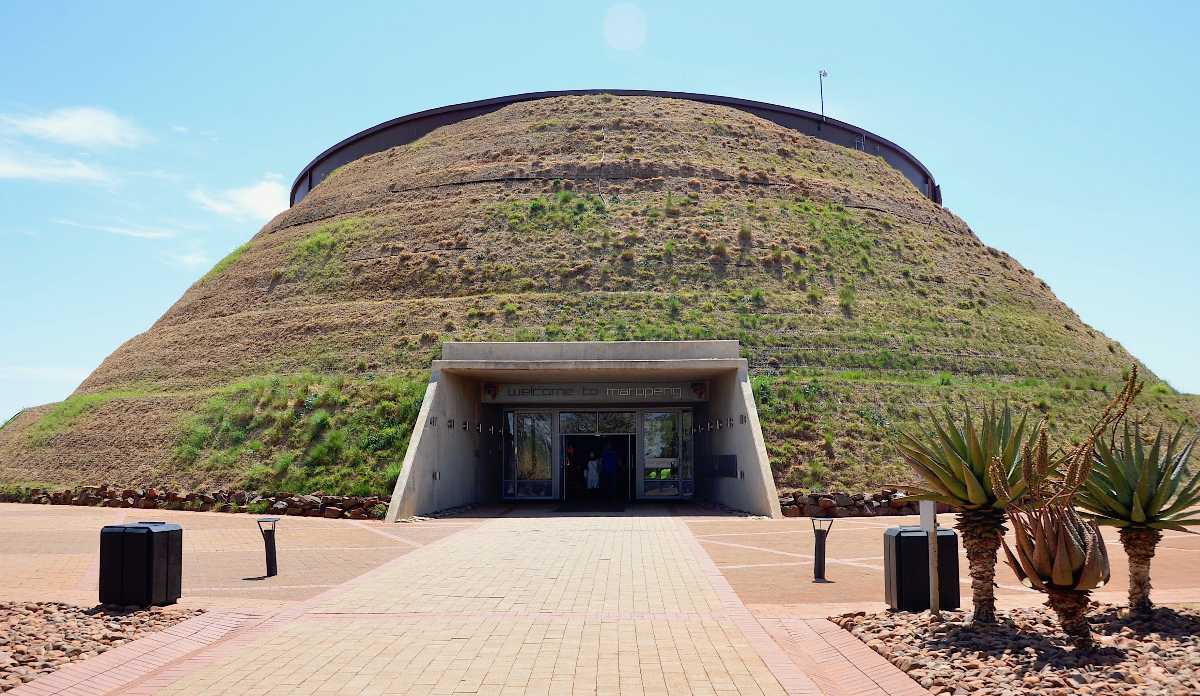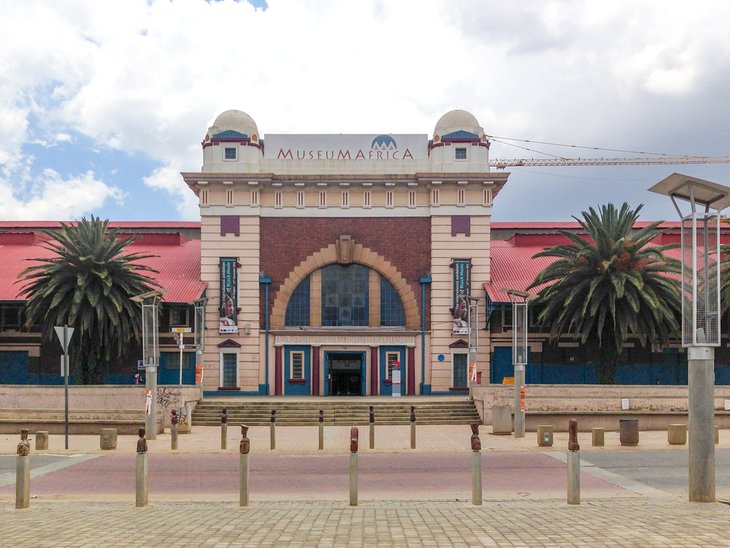Johannesburg North Attractions - Truths
Johannesburg North Attractions - Truths
Blog Article
The Only Guide for Johannesburg North Attractions
Table of ContentsNot known Facts About Johannesburg North AttractionsEverything about Johannesburg North AttractionsJohannesburg North Attractions Things To Know Before You Get ThisJohannesburg North Attractions Fundamentals ExplainedSee This Report on Johannesburg North AttractionsThe Facts About Johannesburg North Attractions UncoveredA Biased View of Johannesburg North Attractions
Nonetheless you must maintain protection in mind and tourists have to stay alert in any way times when in unknown surroundings. Speak with the locals when you are in community to learn about the area you are remaining in. Johannesburg North attractions. When on the street (this does not use to mall and various other safe and secure settings) ideal general guidance is to try your ideal to look like a regional and to prevent showing any kind of type of wide range
Johannesburg North Attractions - Questions
Professor Revil Mason O. J. (Thomson, 1946) explored the Witwatersrand's pre-colonial history. His historical work exploded the 'em pty land' myth, according to which the area was lacking human habitation before the arrival of European settlers. In his publications Prehistory of the Transvaal: A Record of Human Activity (1962) and Beginnings of Black Individuals of Johannesburg and the Southern Western Central Transvaal Advertisement 3501880 (1986 ), Teacher Mason showed the level of social and financial growth in the location prior to Europeans set foot below.

Little Known Questions About Johannesburg North Attractions.
He acted with the federal government's approval, provided after he had actually vouched to maintain his discoveries trick. In 1874, small-scale mining operations were begun in the Magaliesberg, where an Australian, Henry Lewis, had actually found gold deposits. In 1878, David Wardrop found gold in quartz veins at Zwartkop, north of Krugersdorp. In 1881, Stephanus Minnaar came throughout gold on the farm Kromdraai, near the Cradle of Humankind.
In March 1886, an outcropping (soon to be called the Key Reef) was located, fairly luckily, on Gerhardus Oosthuizen's ranch Langlaagte. Some state that the Lancastrian coal miner George Walker uncovered this coral reef. One more itinerant English prospector, George Harrison (who had previously operated in Australian mines) obtained a prospecting permit in respect of Langlaagte in Might 1886.
He chose to move on in a quest for greener pastures, and disposed of his Langlaagte claim for the handsome sum of 10. Alas: underneath lay the wealthiest goldfield ever located. The exploration of this abundant auriferous coral reef provoked a gold thrill that signalled the end of bucolic serenity in the southerly Transvaal.
It would, within six years, end up being the biggest town in southern Africa. Within a decade, it would certainly make the Z. A. R. until then an anarchical and insolvent little state the wealthiest country in Africa. By the millenium, the Z. A. R. was to exceed Russia, Australia and the USA of America to become the globe's YOURURL.com leading gold producer, generating greater than a quarter of the world's gold.
How Johannesburg North Attractions can Save You Time, Stress, and Money.
It was recognized as Ferreira's Camp, called after Colonel Ignatius Ferreira. He was a Boer traveler upon whom the British authorities had actually presented the standing of Companion of one of the most Distinguished Order of St Michael and St George (entitling him to the post-nominal letters C. M. G.) in gratitude for his role in the battle that had deposed the Pedi king Sekhukhune in 1879.
Two other camps were developed: Meyer's Camp on the farm Doornfontein, and Paarl Camp. The latter was nicknamed Afrikander Camp; numerous individuals from the Cape Swarm cleared up there.

Unknown Facts About Johannesburg North Attractions
This name got currency by word look at these guys of mouth, such that the State Assistant attested the name to the Mining Commissioner on 9 October 1886. Stands in the village were auctioned on 8 December 1886. While some stands were cost 10, others were torn down for as low as sixpence.
2 years later on, these erven were to change hands for as long as 750 each. The tented camps dwindled as a dorp of corrugated iron buildings developed and broadened north of the mines located along the Main Reef Road. Areas such as Jeppe's Community (where working-class immigrants erected their dwellings) and Doornfontein (where the upscale brand-new 'Randlords' began to construct their luxurious residences) were soon included in the ever-expanding map of the community.
Examine This Report on Johannesburg North Attractions
Apart from the street names, there were no signs of Johannesburg being positioned in a Dutch-speaking nation., almost everybody talked English and even the Federal government slaves resolved one in English, unless they were initial addressed in the Taal (or Reduced Dutch)'.
Britain had a passion in making certain optimum conditions for gold production on the Witwatersrand, and that the gold was exported to London rather than Berlin an essential rendered all the more clamant by the Z. A. R.'s increasing toenadering with Germany. Mine proprietors got on a clash with President Kruger, whose plan of monopolistic giving ins (commonly granted to his cronies) stopped mining business from obtaining materials of materials (especially dynamite) and labour by themselves, less costly terms
The Main Principles Of Johannesburg North Attractions
In 1890, the Volksraad had restricted the franchise to white men that had lived in the Z. A. R. for fourteen years or longer, therefore invalidating a lot of the immigrants (who took place to be useful reference the significant contributors to the fiscus). Nevertheless, frustration for the vote was a plain pretense for advertising a various agenda; many uitlanders regarded themselves as short-lived visitors and had no objective of remaining in the Z.
Report this page